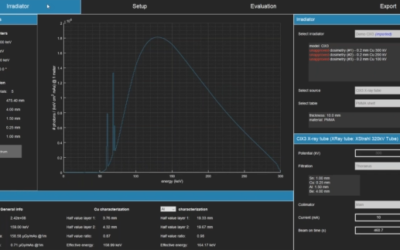BACKGROUND:
Although radiotherapy of skin tumors has lost its former preeminence, there is still need for this modality. The aim of this study was, therefore, to determine the frequency of radiogenic ulcers and tumors following soft x-ray therapy of skin lesions.
STUDY DESIGN:
A total of 612 radiation sites in 522 patients were retrospectively analyzed by means of medical records. All patients received at least a total dose of more than 12 Gy and had a minimum follow-up time of 10 years. The average radiation dose was about 80 Gy, ranging from 56 to 184 Gy. Determined was occurrence of radiogenic tumors after more than 10 years and of ulcers during the entire follow-up period. The frequency of radiogenic tumors and ulcers was related to the total dose applied and the patient’s age at the time of irradiation.
RESULTS:
In the 612 radiation fields used, 58 ulcers (9.4%), 12 basal cell carcinomas (2%), and nine squamous cell carcinomas (1.5%) were observed. There was no relationship between the total dose of radiation and the frequency of tumors; in contrast, radiogenic ulcers increased with a higher total dose. Radiogenic ulcers occurred more often in patients who were of a younger age at the time of irradiation.
CONCLUSIONS:
The risk of developing radiogenic ulcers and tumors after soft x-ray therapy is not very high. Since most of the ulcers can be prevented by modern dose recommendation (time dose fractionation factor), soft x-ray therapy can be considered as a safe and effective means of therapy, especially in older patients.
Landthaler M, Hagspiel HJ & Braun-Falco O.







